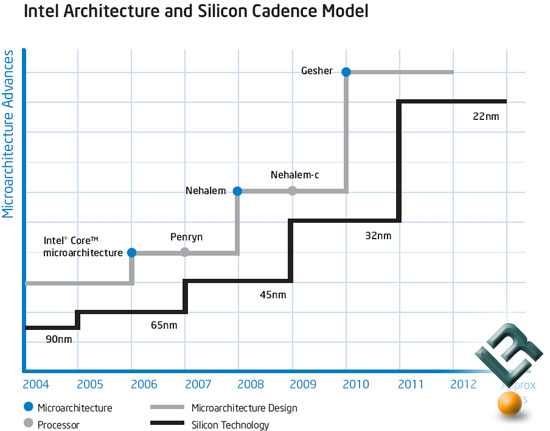

It includes the same Meltdown/Spectre hardware mitigations (many of which are still done in firmware). Whiskey Lake (WHL, 14nm++, 8th Gen Core, August 2018): A lesser known branch from Intel's main line of CPUs, Whiskey Lake arrived about the same time as the Coffee Lake Refresh, but focused exclusively on mobile CPUs. Cannon Lake was also supposed to debut Gen10 Intel Graphics, but since the GPU was disabled Gen10 effectively turned into vaporware. In retrospect, the difficulties caused by all the enhancements originally stuffed into Intel's 10nm process far outweighed the potential benefits. Power, memory latency, and other elements were worse than with existing 14nm mobile designs. And even then, performance and power did not look good.Ĭannon Lake does include AVX512 instruction support, which can help in a few specific instances, but everything else is basically bad. It was likely necessary to improve the number of functional chips Intel could get, which suggests incredibly poor yields. Starting with a smaller chip is common for new process nodes, but disabling the integrated GPU in a mobile product speaks volumes.

Intel released a 2-core/4-thread 'mobile' design, with the GPU portion of the chip disabled. How bad was Intel's first stab at 10nm? The company has downplayed problems, but let's look at the facts. Intel's Stacy Smith holding a Cannon Lake wafer in 2017, image courtesy Intel But the CPU did in fact ship, and don't you dare say otherwise! (That puts CNL one step ahead of Tejas, the last iteration of NetBurst that tapped out and then never saw the light of day.) Intel's Cannon Lake page (which is linked from the Core i3-8121U, the only Cannon Lake CPU as far as we're aware), doesn't even exist. Originally intended to launch in 2016, first demonstrated in 2017, and first shipped in very limited quantities in May 2018, Cannon Lake had more than a few issues. There's so much to say about this one, so bear with me. Mobile models also got 6-core 45W CPUs for the first time.Ĭannon Lake (CNL, 10nm, 8th Gen Core, May 2018): Ah yes, the ephemeral Cannon Lake, Intel's first 10nm processor design. The biggest change was mainstream desktop 6-core/12-thread designs for Core i7, 6-core/6-thread for Core i5, and 4-core/4-thread for Core i3. That in turn allows for higher frequencies, though with larger die sizes and increased idle power use. CFL keeps the Gen9.5 graphics.ġ4nm++ increased the transistor gate pitch for lower current density and higher leakage transistors. Coffee Lake also spelled the end of Intel's "Process-Architecture-Optimization" plans, since it represented a second optimization phase. Coffee Lake (CFL, 14nm++, 8th Gen Core, October 2017): Coffee Lake wasn't on Intel's original roadmaps-it was likely introduced to counter AMD's Zen architecture, which promised up to 8-core/16-thread designs at mainstream prices.


 0 kommentar(er)
0 kommentar(er)
